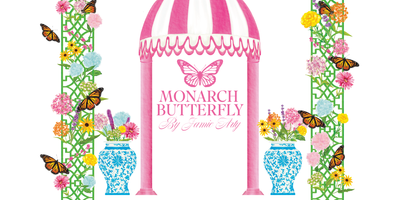
Prairie Ironweed
- Free worldwide shipping
- In stock, ready to ship
- Inventory on the way
Prairie Ironweed (Vernonia fasciculata)
Life Cycle: Perennial
USDA Zones: 3-8
US Regions: Prairie Ironweed, also known as Vernonia fasciculata, is native to the central and eastern United States. It's often found in prairies, meadows, and along streambanks.
Stratification: While Prairie Ironweed seeds may not require cold stratification, it can still be beneficial to improve germination rates. Cold stratification for a few weeks can be used to enhance germination success.
Germination Ease: Moderate. With appropriate conditions and, if desired, cold stratification, you can achieve good germination rates.
Sunlight: Full sun. Prairie Ironweed thrives in full sunlight, and it's an excellent choice for sunny garden locations.
Height: Prairie Ironweed can grow to a height of 3 to 7 feet (approximately 0.9 to 2.1 meters), making it a tall and striking plant in the landscape.
Color: The flowers of Prairie Ironweed are typically deep purple to violet, creating a visually appealing display.
Bloom Season: Prairie Ironweed typically blooms from mid to late summer, often from July through September. The clusters of vibrant purple flowers are highly attractive to pollinators like bees and butterflies.
Uses: Prairie Ironweed is a valuable addition to native plant gardens, wildflower meadows, and pollinator-friendly landscapes. It provides nectar and habitat for a variety of pollinators and supports biodiversity. It's also visually appealing with its tall, striking appearance and vibrant purple blooms.
Description: Prairie Ironweed (Vernonia fasciculata) is a native North American perennial plant that is a member of the aster family (Asteraceae). This plant is known for its tall, upright growth and vibrant purple flowers, which make it a favorite among gardeners and pollinators alike. The lance-shaped leaves and sturdy stems of Prairie Ironweed give it a robust, upright form, and it can reach heights of 3 to 7 feet.
Prairie Ironweed is well-suited for naturalized areas, prairies, and meadows, where it not only adds visual interest but also provides a source of nectar for various pollinators. The deep purple to violet flowers form dense clusters, and the plant blooms from mid to late summer, contributing to the overall beauty of the landscape. It is an ideal choice for those looking to create a wildlife-friendly and native plant garden that attracts bees, butterflies, and other beneficial insects.


